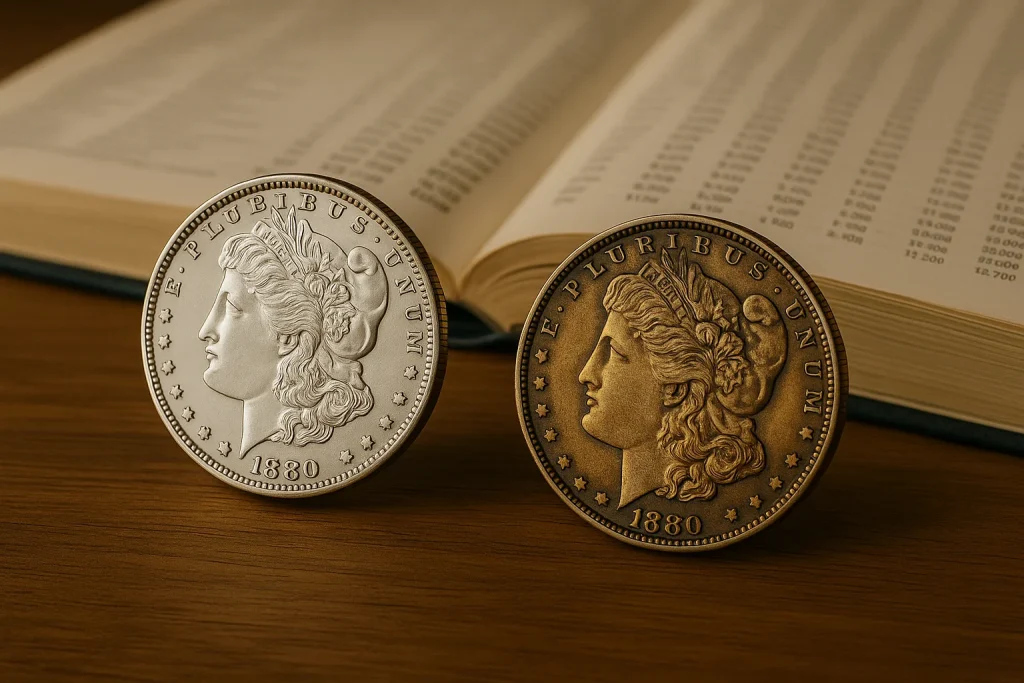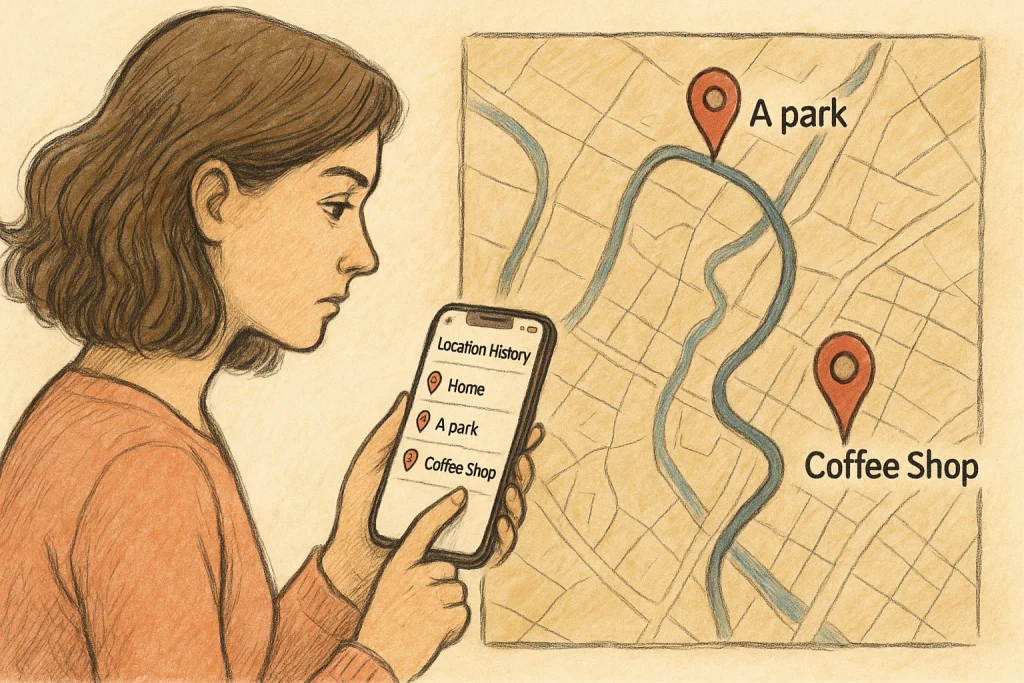Understanding GPS Technology in Coin Tracing
How GPS Breathed New Life into Coin Tracing
Imagine this: a coin, plain and small, that has quietly traveled the world. Its journey could rival that of a seasoned explorer. But how do we uncover its story? Enter GPS technology, a modern marvel that brings hidden tales to life. It’s no longer just about numbers and coordinates—it’s about making the invisible visible.
When applied to coins, GPS tracking works like giving the coin a tiny digital diary. Using micro-embedded chips or smart packaging during distribution, we can map where it’s been. It’s like following breadcrumbs on a trail. This tech lets us pinpoint not only where a coin has circulated, but also how it may have been used—whether in bustling marketplaces, rural towns, or even high-stakes auctions.
- Precision: GPS provides real-time, pinpoint accuracy about a coin’s movement.
- Patterns: You can track migration paths through countries, continents—even oceans!
- Memory: With time-stamped data, you get a timeline of a coin’s exact history.
Who knew a little coin could carry such a powerful story? With the help of GPS magic, now it can.
Steps to Collect and Analyze GPS Data from Coins
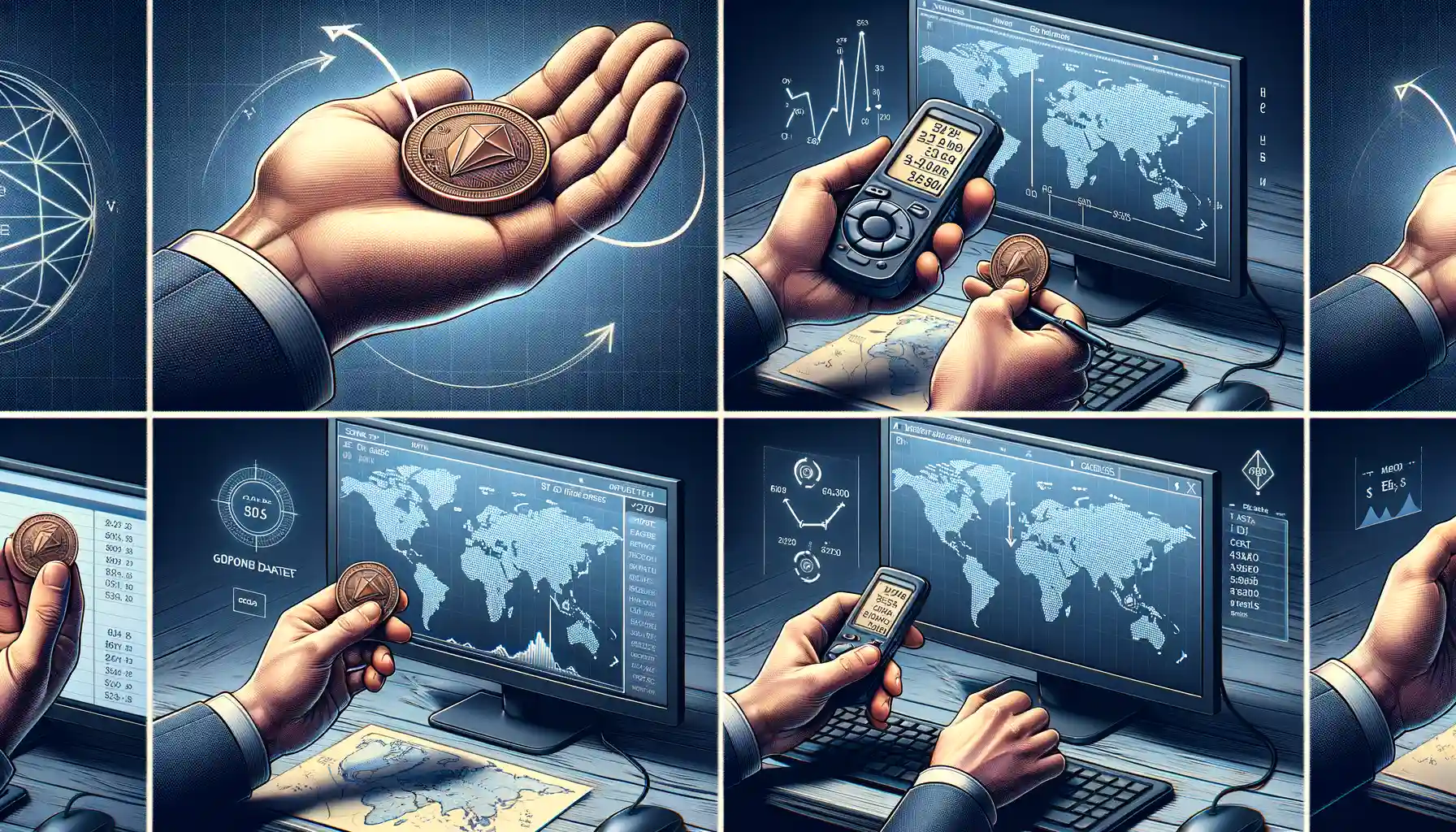
Where Tiny Treasures Meet Technology
Have you ever thought of your coin collection as a treasure map waiting to be decoded? With GPS technology embedded in some modern coins, you can unravel a web of stories that tracks their journey across the globe. Here’s how to dive into this digital adventure and uncover the rich history etched into these metallic wonders.
First, ensure you have a coin equipped with a GPS tracking feature. It’s not every coin collector’s dream, but trust me, it’s a tech-lover’s paradise! Once you’ve got your hands on one, tracking begins.
- Activate the GPS signal: Follow the manufacturer’s instructions—usually, this involves connecting the coin to an app or device via Bluetooth or Wi-Fi.
- Access the data: Open your app to retrieve timestamped location points stored within the coin. These breadcrumbs tell its worldly tale.
- Analyze movement patterns: Use mapping software like Google Earth or specialized applications to piece together the coin’s route, from minting to your collection.
The Thrill of Interpreting Coin Journeys
When you see those dots lining up on a map, suddenly, the coin in your hand transforms. It no longer feels static—it’s alive, brimming with adventures! Imagine discovering your coin once traveled from a bustling market in Cairo to a serene temple in Kyoto. The joy lies in asking, “Who carried it? What stories did it witness?”
For deeper insights, pair raw GPS data with historical context. Perhaps the coin circulated during a massive trade boom or was part of someone’s migration story. Each stop becomes more than a coordinate; it becomes a chapter in history. How cool is that?
Applications of GPS Data in Studying Coin Histories
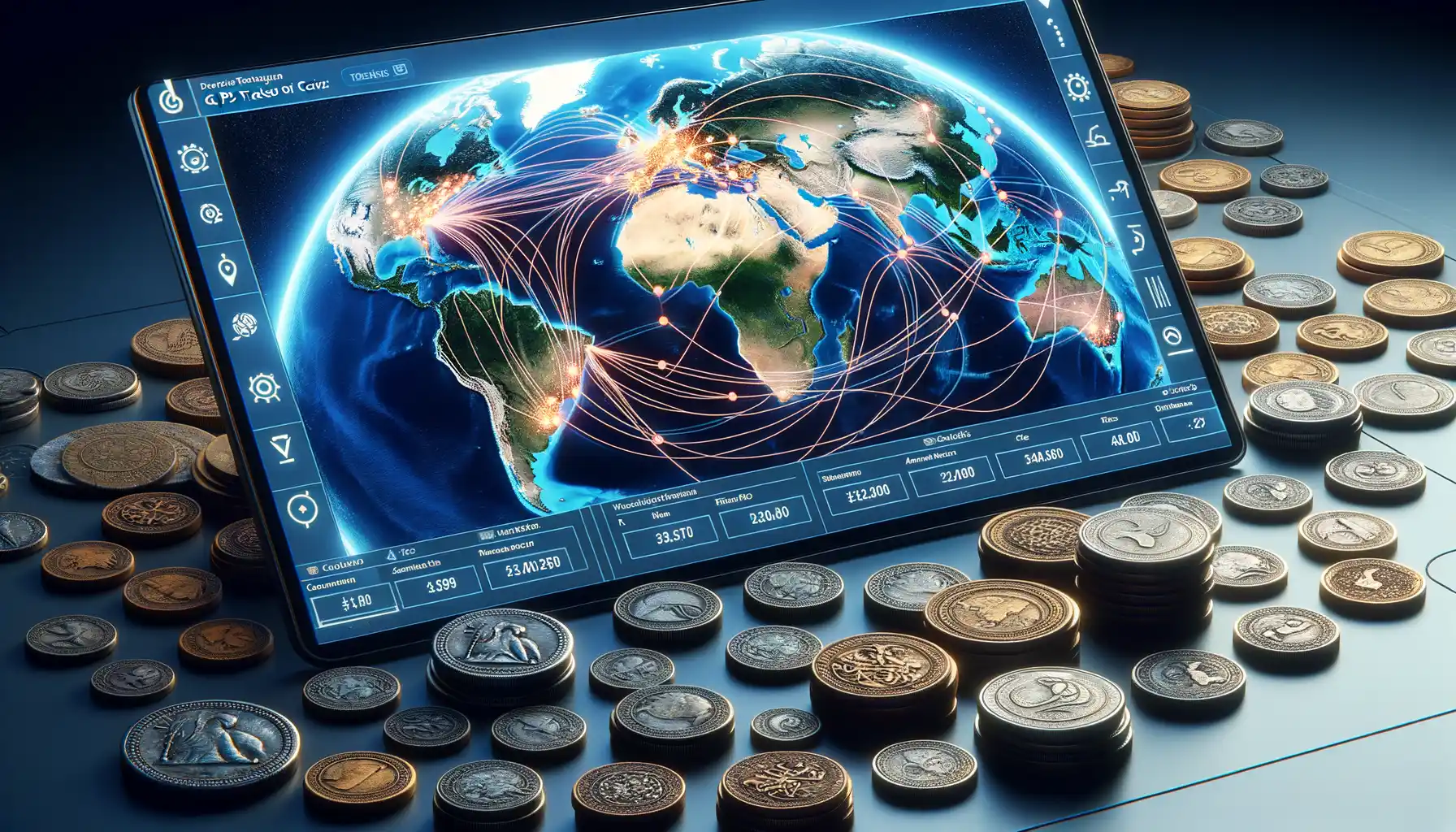
Dive into the Journey of Coins Through GPS Data
Ever wondered about the life story of a coin? Like tiny travelers, coins pass through countless hands, pockets, and places—each encounter leaving behind whispers of history. By using GPS data, we can uncover these hidden tales, turning everyday currency into treasure troves of information.
Imagine tracing an ancient coin back to the bustling markets of the Roman Empire. With GPS technology linked to modern tracking systems or embedded chips, researchers can map out paths coins have taken over decades—or even centuries! For collectors and historians, this isn’t just cool—it’s revolutionary.
- Historical connections: Pinpoint how coins circulated during major trade routes or historical events.
- Cultural insights: Explore how coins moved across different civilizations, shedding light on cultural exchange.
- Counterfeit detection: Track suspicious movement patterns to identify fake or altered coins.
Each piece of data weaves into a narrative: where a coin was minted, how far it’s traveled, and who might’ve held it. Turning coins into storytellers? That’s something worth geeking out over!
Challenges and Limitations of Using GPS for Coin Tracking
![]()
When GPS Doesn’t Always Deliver as Promised
Imagine holding a coin that has traveled through centuries, and you’re eager to trace its footsteps with the magic of GPS. But here’s a twist—GPS, as incredible as it is, isn’t always a perfect detective. Its limitations can feel like trying to read a map with half the landmarks missing.
One glaring challenge? Signal interference. Coins often pass through thick walls—think underground vaults or ancient castles. GPS signals are powerless in these conditions. If your coin spent years hidden in a museum basement or deep in someone’s pocket, tracing its journey becomes more guesswork than science.
And here’s another snag: precision matters. While modern GPS systems can pinpoint locations on a map, they aren’t exactly geared for tracking something as small and mobile as a coin. A coin lost in a park pond might register as simply “near water.” Close, but not quite enough for a treasure hunt.
As amazing as GPS is, it’s a tool—one that comes with quirks that every coin explorer needs to navigate.
Future Innovations in GPS and Coin History Research
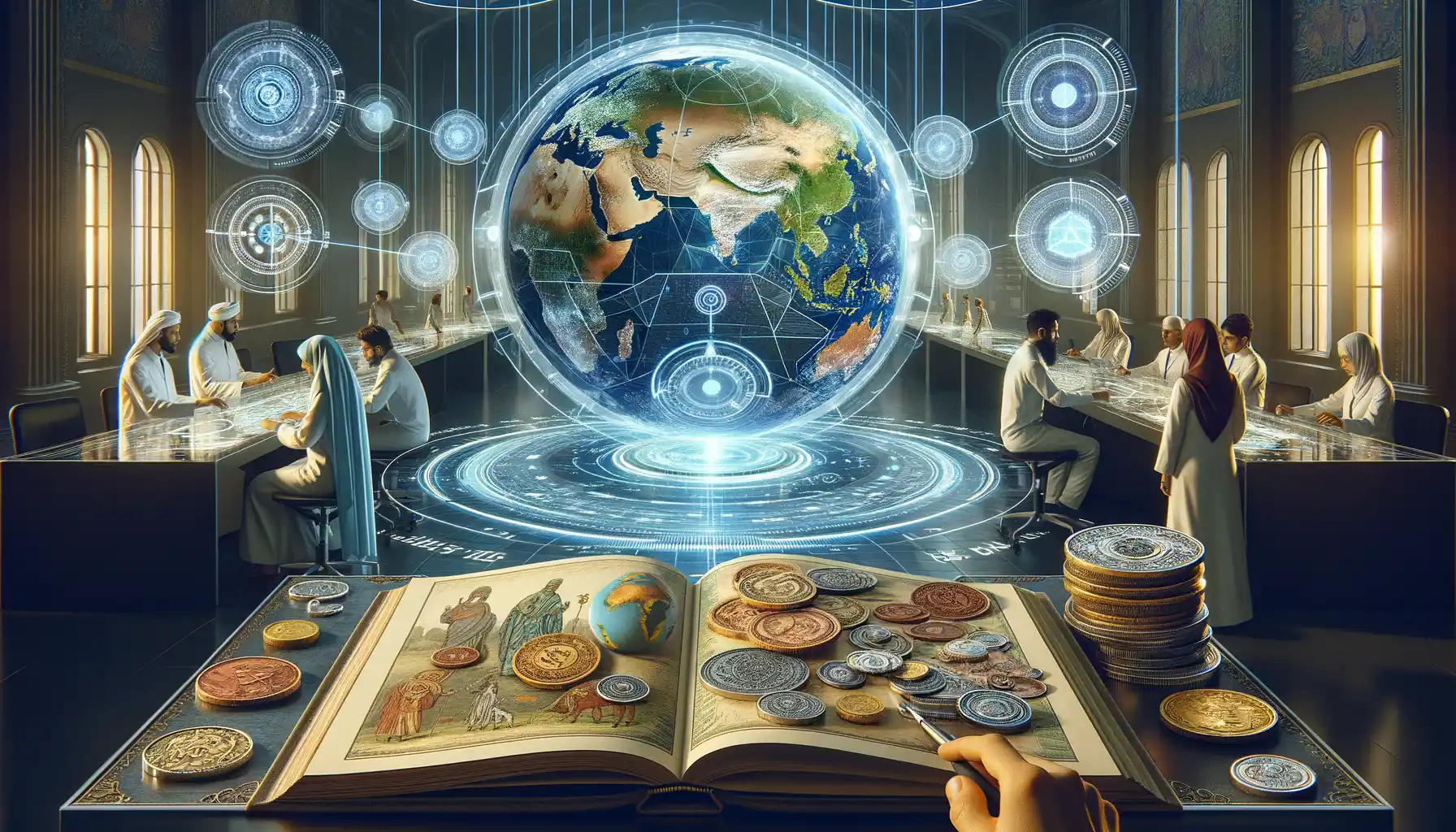
The Intersection of Cutting-Edge Tech and Ancient Coins
Picture this: a future where tracking the history of an ancient coin feels like piecing together a gripping detective story. The clues don’t just rest in dusty archives or faded maps, but in advanced, seamless integrations of technologies we’re just beginning to imagine. Next-gen GPS is no longer about simple positioning—it’s about layering data like a rich tapestry. Imagine micro-GPS chips embedded in modern commemorative coins, akin to tiny storytellers always ready to whisper their journey.
Future innovations could leverage blockchain technology, creating immutable digital footprints for every transaction or transfer tied to a coin. More so, machine learning might step in, predicting the travel history of coins by analyzing patterns in trade routes, ownership, and geographic trends.
- Will we someday see augmented reality (AR) overlays that show a coin’s historical journey simply by holding it under your camera?
- What about solar-powered GPS trackers in Earth-friendly encasements?
While the possibilities keep unfolding, there’s something profoundly poetic about pairing ancient artifacts with tomorrow’s tech—it’s the ultimate meeting of past and future, mystery and innovation.
Reimagining the Coin Enthusiast’s Toolkit
The tools of the future won’t just collect data—they’ll transform it into deeply immersive experiences. Picture a collector using a handheld scanner that reads a coin’s GPS-linked history. With a single scan, you hear the murmur of bustling marketplaces where the coin once exchanged hands or see heatmaps showing its global travels.
Imagine “smart coins” equipped with minuscule sensors relaying real-time temperature or environmental changes they’ve encountered. Think of it: a Roman denarius might tell you not only its age and origin but whether it spent time buried in cold Scandinavian tundra or a humid Mediterranean beach! Tools like these will reinvent how we reconstruct stories, making coin research more accessible, exciting, and downright magical. Future historians won’t just study coins; they’ll bring them vividly to life.
